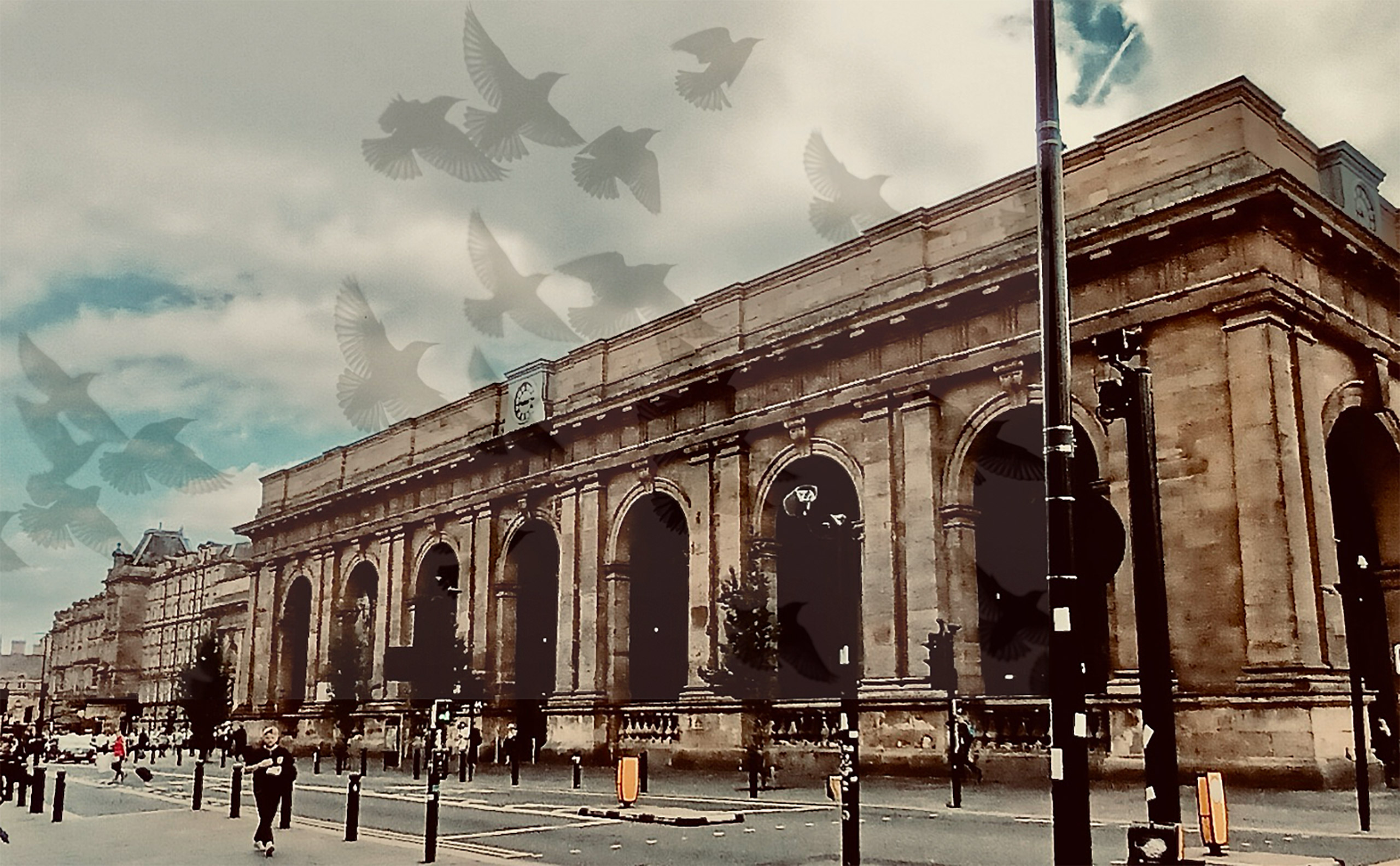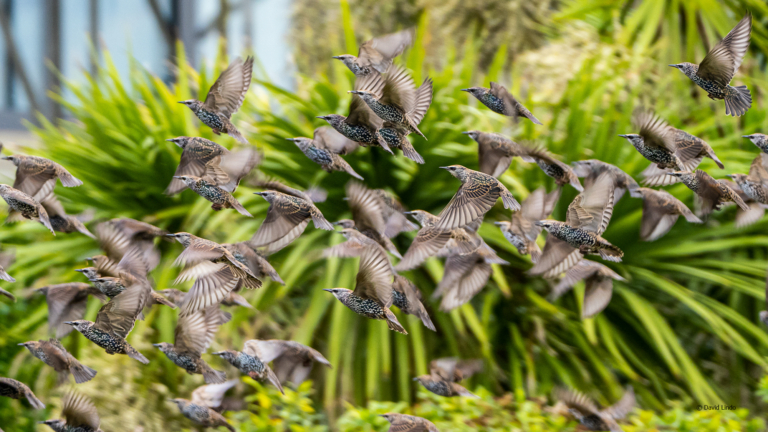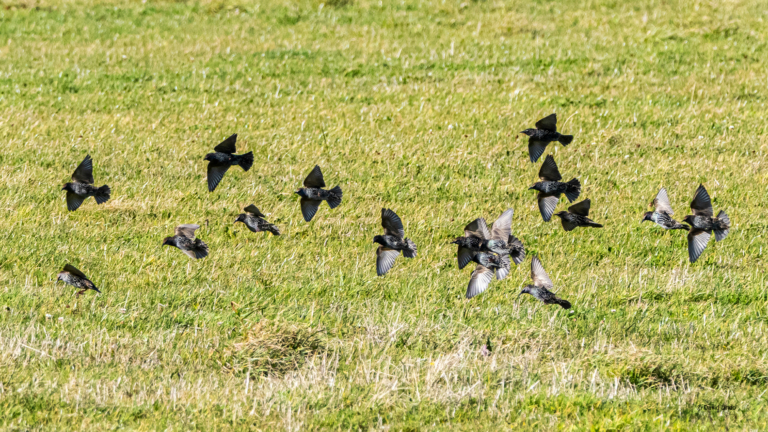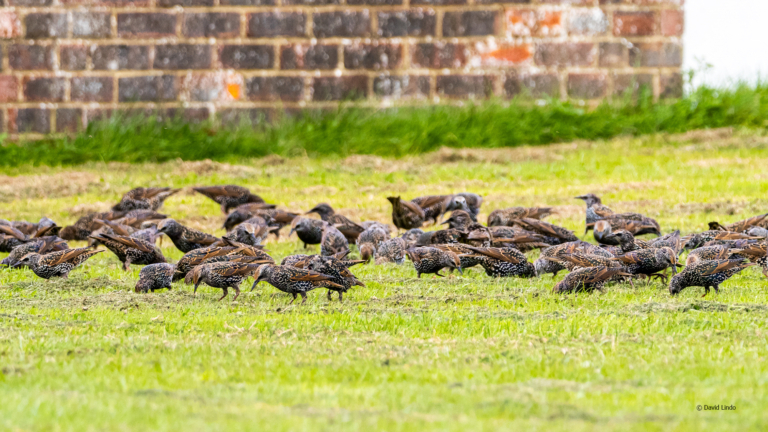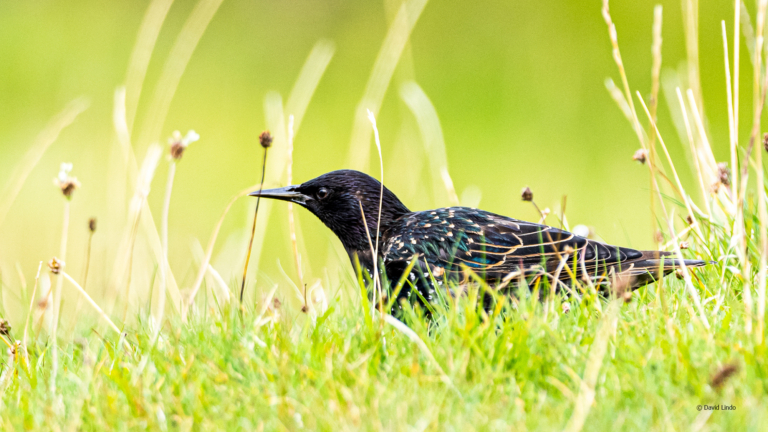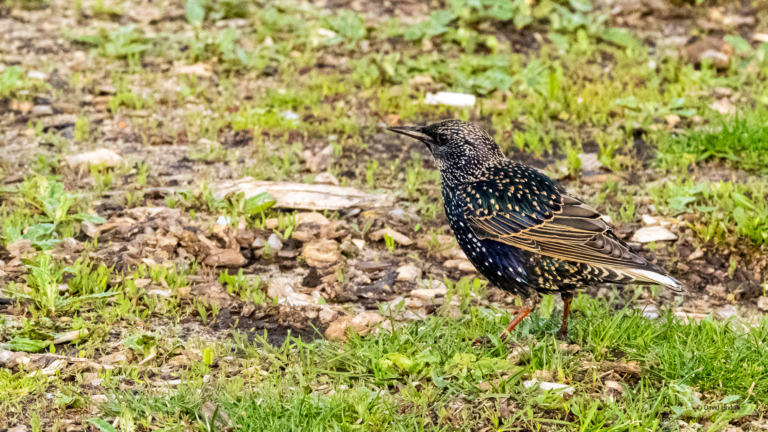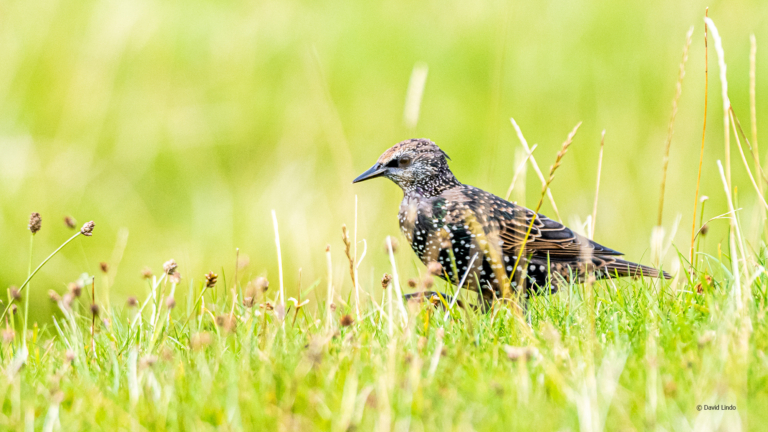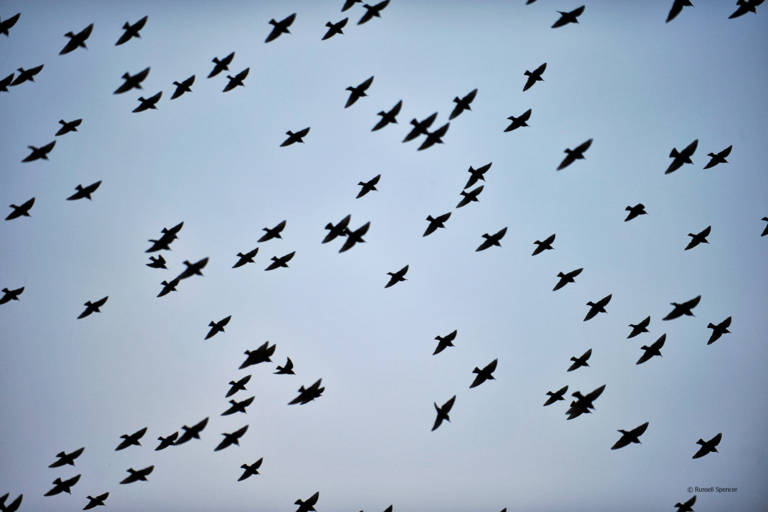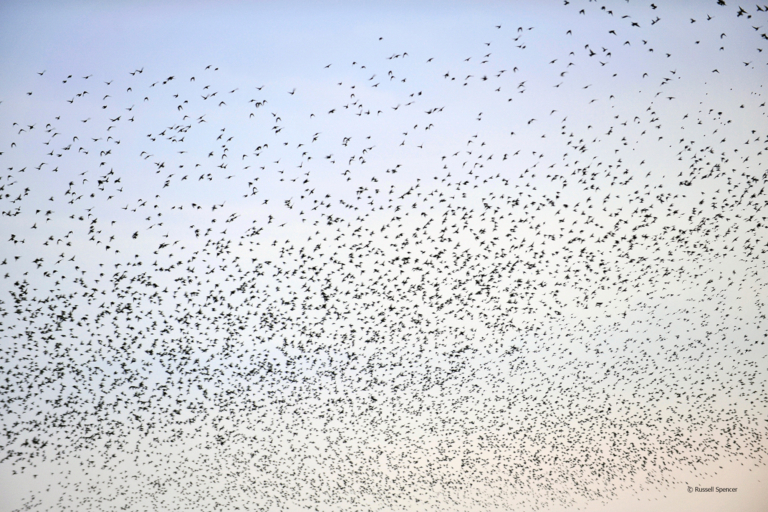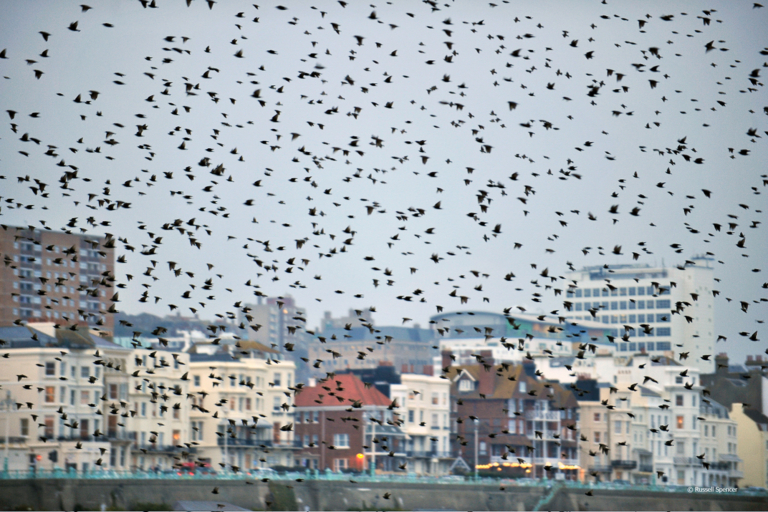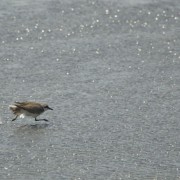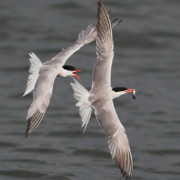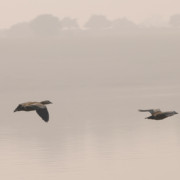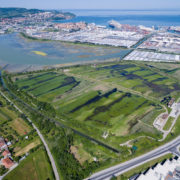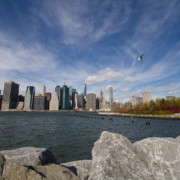In 1994 I started commuting from Durham to a new job in Newcastle-upon-Tyne. My short daily migration inspired me to properly explore the city: I climbed Newcastle’s iconic bridges, came to admire its stately Georgian streets and at weekends appreciated from a safe distance the energy of its renowned evening revellers. And as my first year there shaded into winter I found that Newcastle was host to even wilder and more raucous nightly gatherings than seen at its celebrated nightspots in the Bigg Market.
One January afternoon I emerged from the Theatre Royal, still half-occupied with the drama of the day’s matinee. But all thought evaporated under the clamour that met me on the streets – the sky was somehow churning with thousands of dark ragged shapes. They animated the dim blue dusk, moving as fluid swarms which boiled and swelled and slewed up high then instantly dipped down to sweep as giant shadows across the building fronts, fragmenting into inky blots which hit the walls and windows overhead. I could see small shifting forms scattered on every ledge and suspended wire, and a pervasive high-pitched chattering attended the whole scene, an enveloping white noise of shrill squawks: the massed voices of urban starlings. I’d almost missed my train that night, walking so slowly in upward-gazing awe, my ears ringing with the incessant layered ‘tcheeps’ of protest as birds squabbled for places on the high ledges.
Watching thousands of birds descend on the city most evenings, I became aware of the beauty of the buildings on which they settled. They tended to favour the classically-styled Georgian facades of Grey Street, Dean Street and Grainger Street, erected in the 1830s as part of a bold and elegant redevelopment of Newcastle’s commercial centre. I assumed that, for starlings, this array of decorated masonry had functional rather than aesthetic value – tall Classical or Gothic buildings are replete with ledges, eaves, cornices and richly ornamented stonework which provide generous niches sheltered from wind and rain. Grey Street’s attractions were its imposing and graceful terraces where starlings would nestle in orderly lines along the broad pediments and balustrades. In the massive portico of the Theatre Royal they wedged themselves among the wreaths of carved flowers atop each of six Corinthian pillars.
The urban habitats unwittingly created by its Georgian renaissance allowed Newcastle to host spectacular gatherings of starlings for over a century. From the late 1800s Northumberland’s stock of breeding birds grew rapidly year on year, and, in winter they coalesced with migrant flocks from northern Europe to progressively staggering effect. In the 1960s and 70s nearly twenty thousand starlings made Newcastle their winter home, and over subsequent decades flock sizes more than tripled, often exceeding 80,000 birds. But municipal eyes began to frown upon the avian masses and as numbers reached their astonishing heights the starlings’ favoured buildings were fitted with mesh to deny landing space and so protect the stonework and the public from the inevitable side effect of the vast roosts: guano. By the end of the 20th century, starlings’ saturation of the airspace around the Tyne would be confined to memory and winter starling watchers had to head to coastal or suburban sites to seek the spectacle of tens of thousands of birds in united flight – though none of these roosts could rival the size of the city flocks at their peak.
Now, there is a gathering, grim coda to this story. Since Newcastle acted to evict its birds, it has become clear the expense of deterrents could likely have been saved: in Britain two-thirds of our breeding starlings have vanished in the past 50 years, and migrants are fewer too as parts of Europe also lose their populations at a relentless pace. Those who record the fortunes of our birds report the billowing clouds are ever-thinning. What has changed is that each year fewer survive to mature and breed; no-one knows exactly why as yet, but that same commonality which has whittled away the richness of our wildlife over the past century – the way we farm – may be implicated. Research is underway to tease out the causes of their poor survivorship, but it’s by no means certain that we’ll know how to help starlings regain ground before their decline becomes terminal. One source of cheer for today’s starlings can be found, however: as flocks have dwindled, concern to arrest the loss has swelled. Reports of local murmurations are now invariably shared online, drawing people out to stand in chill fields in the winter dusk, to scan the skies and marvel. There is a growing devotion to this voluble, feisty bird that moves in multitudes.
My own experience is that the force of their presence en masse is breathtaking. In those urban Newcastle twilights of 30 years ago, I became a bystander in the midst of another world, a privileged witness to an avian consciousness rapt to the flocking instinct. Yet there was some kind of kinship generated too in finding their daily drama staged in our own built space, where, by happy accident we’d made a place they felt safe to sit out the winter nights. One memorable evening I arrived slightly early at Central Station and saw wave upon wave of birds roiling and sweeping across the sky until, surging like a shoal of fish caught in a sudden current, they ballooned at one point then burst over the building, raining down in dark ribbons to land in garrulous ranks on every ledge in the station portico. Scaffolding erected here had created a four-fold increase in available perches and the station entrance, covered in green netting, was transformed into a huge, absurdly over-stocked aviary. On winter evenings now, the roost space belongs only to the few local pigeons, huddled silently beneath the station clock.
- Photograph of Newcastle Central Station: Ruth Chambers
- Photograph of flocking starlings: Kevin Meredith, lomokev.com

